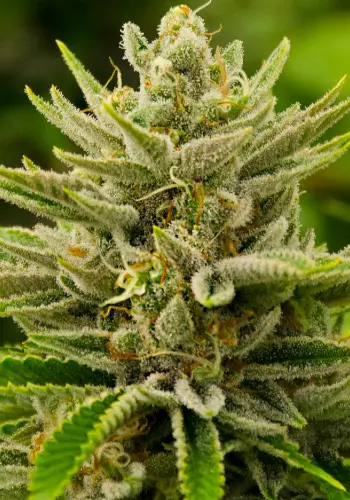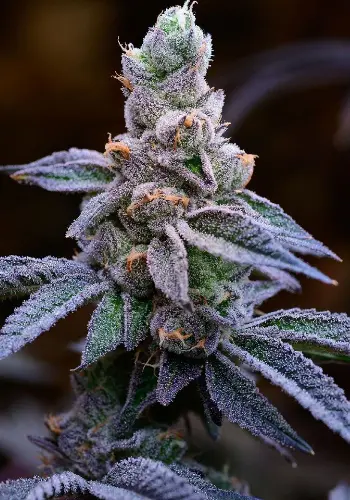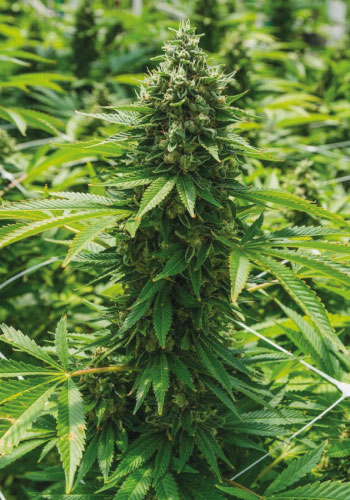A simplified summary of CBDa (Cannabidiolic Acid)
For the full and scientific summary, scroll down.
CBDA is one of the most abundant cannabinoids found in the cannabis flower, after THCA. When the dried flower is exposed to enough UV light or enough heat, it is converted into CBD.
Medicinal benefits of CBDA:
CBDA and CBD seem to be extra effective when consumed together. CBDA also has similar medicinal benefits as CBD, which are:
– CBDA helps to reduce vomiting and nausea
– It has a positive effect on our mood
– It helps us sleep
– It stimulates appetite
– It helps to reduce inflammation
– It helps to reduce seizures
– According to early studies, CBDA is seen as a potential medicine against breast cancer
A scientific summary of Cannabidiolic Acid (CBDa)
CBDA (Cannabidiolic Acid) is the precursor of Cannabidiol (CBD), the main non-psychoactive compound in cannabis plants and is – alongside with THCA – the most abundant acidic cannabinoid found in live or raw cannabis material. CBDA is biosynthesized from another cannabinoid acid called Cannabigerolic acid (CBGA ) and accumulates in the glandular trichomes of female flowers and most parts of the plant.
CBDA is responsible for CBD levels
In fresh plant material, 95% of CBD exists as its acid form (CBDA). In harvested cannabis, CBDA is gradually converted to CBD through a reaction known as “decarboxylation”, a process that can be greatly accelerated by heating or burning, as happens when smoked.
Cannabis plants usually contain a low concentration of CBDA (>2%), despite some strains produce >10% of this compound (which is equivalent to a high amount in CBD after heating). Although CBDA is defined as “inactive”, it displays several pharmacological actions (most of them similar to that of THCA).
Medicinal benefits of CBDA
CBDA has shown to reduce vomiting and nausea in animal models and enhances the activation of a subtype of serotonin (1) receptor named “5-HT1A”, thus determining an increase in serotonin activity in the brain, with positive effects on mood, appetite, and sleep.
It has also been shown that CBDA has anti-inflammatory, and anti-seizure properties. CBDA has been observed inhibiting the migration of highly invasive human cancer cells called MDA-MB-231 (responsible for breast cancer).
The Entourage Effect of CBDA
CBDA complements CBD’s activity and vice versa: administration of unheated extract containing CBD+CBDA have shown increased amounts of CBD in blood plasma.
CBD concentrations in blood plasma seem to be four times higher than that in the heat-treated extracts, suggesting that the use of unheated cannabis extracts rich in acidic phytocannabinoids such as CBDA may beneficially affect the uptake and metabolism of CBD or other phytocannabinoids.
Definitions:
(1) Serotonin: A neurotransmitter involved in sleep, depression, memory, and other neurological processes.


